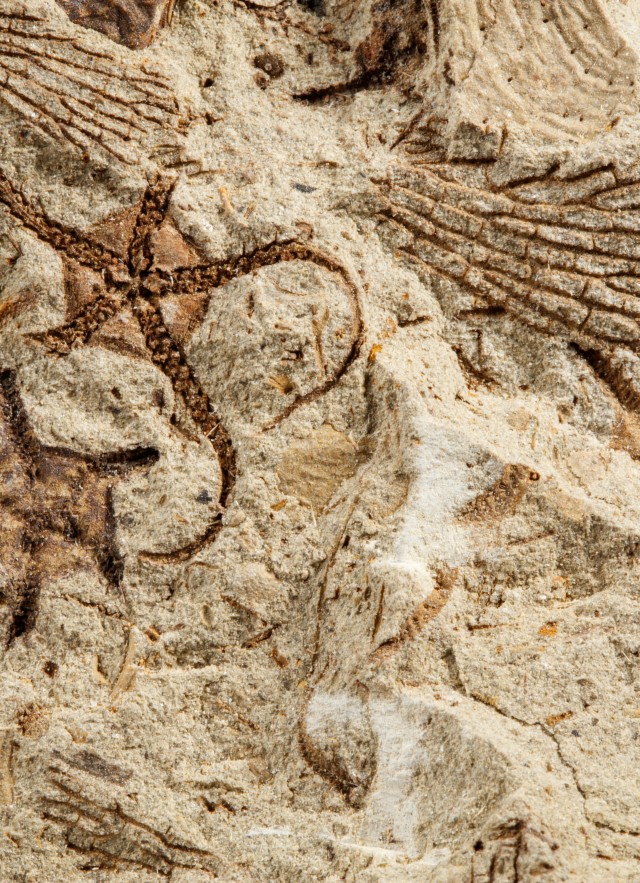Make Your Own Trace Fossil

suggested for elementary school (with parent help), middle school and high school students
In this activity, you can make your own trace fossil! Fossils are the evidence that paleontologists use to learn about life in the past. Fossils can form in many ways. A trace fossil is a type of fossil record that shows evidence of life, but isn’t the actual preserved remains of a plant or animal. On the other hand, body fossils, like what we see in the Dinosaur Hall at the Natural History Museum, are the fossilized remains of actual organisms, usually changed over time by mineralization.
Want to learn more about fossils? Check out stories about fossil discoveries at NHM!
Materials
-
Plaster of Paris (order online and add water, or make your own plaster with flour and water)
-
Modeling clay (order online) or damp sand
-
Disposable cup (such as a Dixie cup or plastic condiment container) or small, flexible Tupperware
-
Small animal toy (like these!)
Instructions
1. Create ideal fossilization conditions.
Fossils only form under very specific conditions, usually where moving water creates layers of sediment. To simulate this, press an even layer of clay or packed sand (about 1” thick) on the bottom of the inside of your container. The smoother you can make the surface of the clay or sand, the more detailed your trace fossil will be!
2. Select the animal you want to fossilize.
Choose a small animal toy that you would like to fossilize. Remember, trace fossils can be things like footprints, leaves, or shells, too! You will not lose your toy in making this fossil cast - it will only be made into a plaster mold.
3. Create your mold.
Create an imprint or impression of the animal by pressing it flat directly into the clay or sand. Carefully remove the animal.
4. Create your plaster cast.
Pour your smooth plaster mixture on top of the clay (about 1.5” thick) to create a cast of your animal. Make sure the plaster evenly covers your clay or sand base. Gently tap your container once or twice on the counter to make sure the plaster fills in all around the clay or sand base.
5. You’ve made a trace fossil!
Wait for about an hour for your plaster to fully dry. Carefully squeeze the sides of your container to loosen the plaster and push the plaster cast out of the container (the clay or sand should separate and stay in your container). Flip over the plaster. You’ve made a trace fossil!